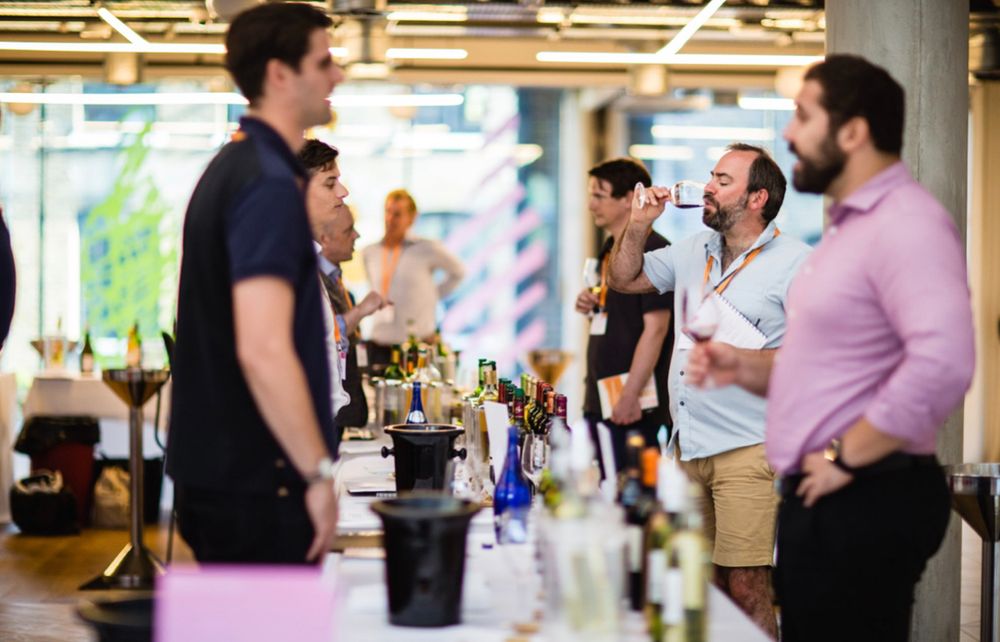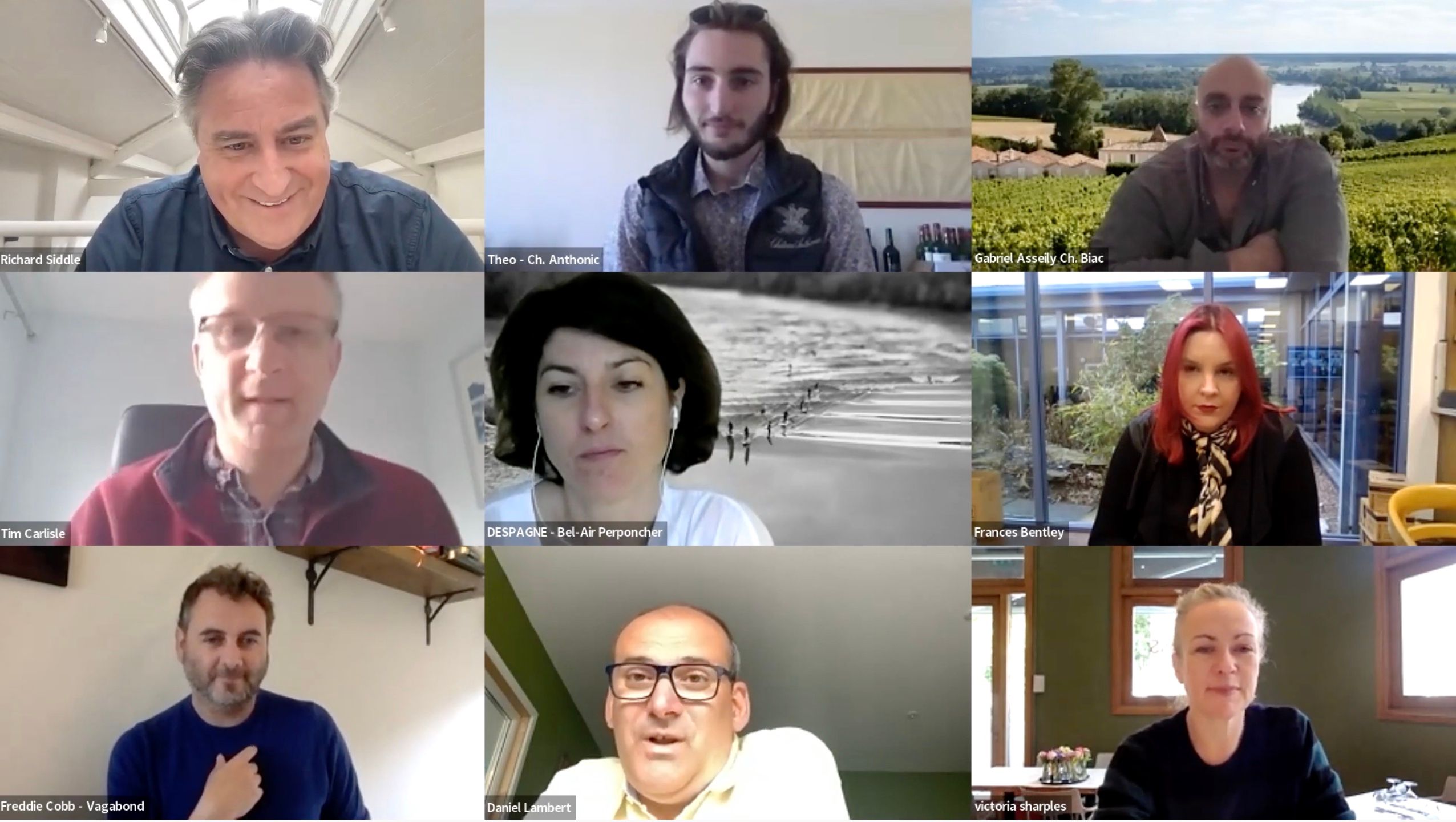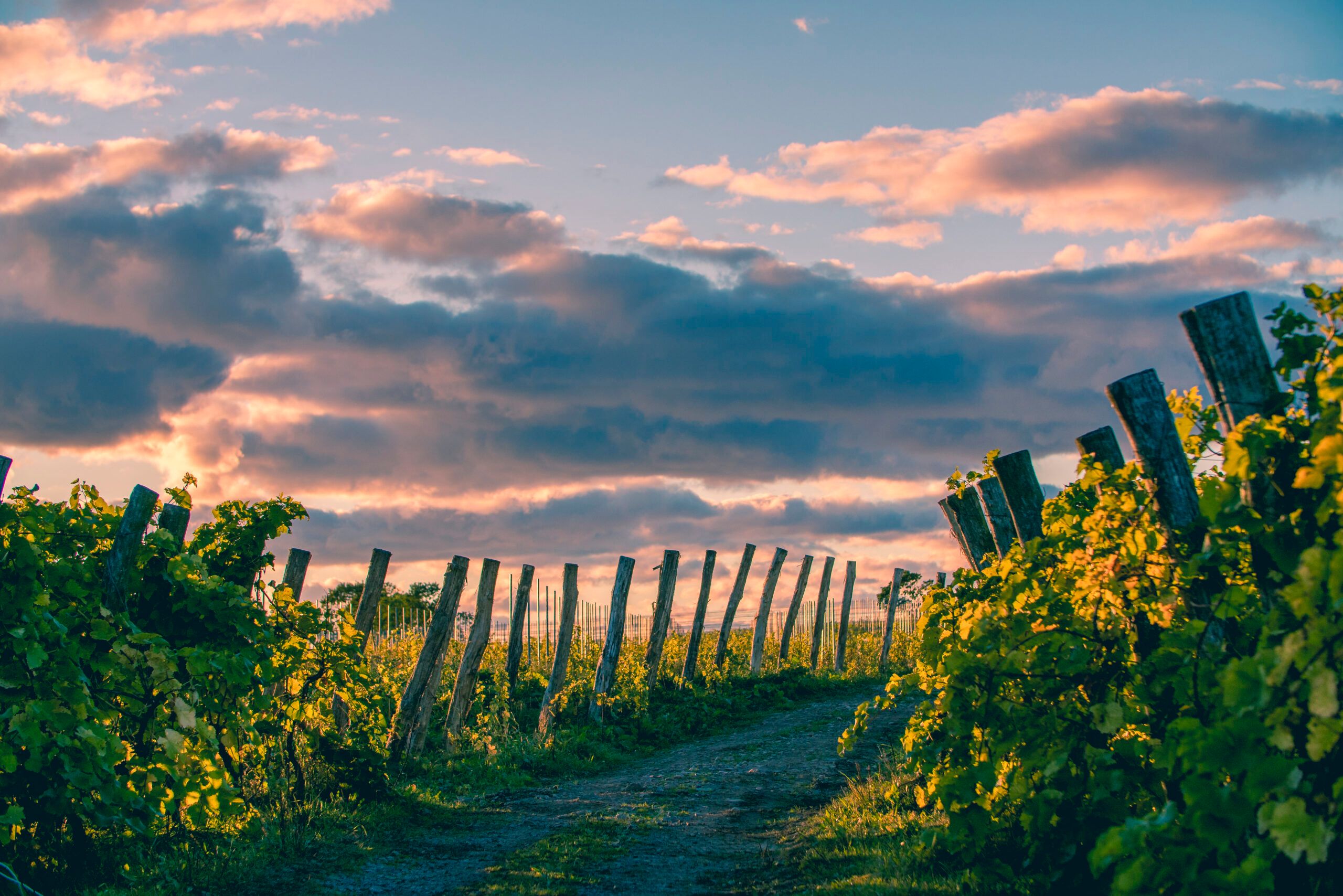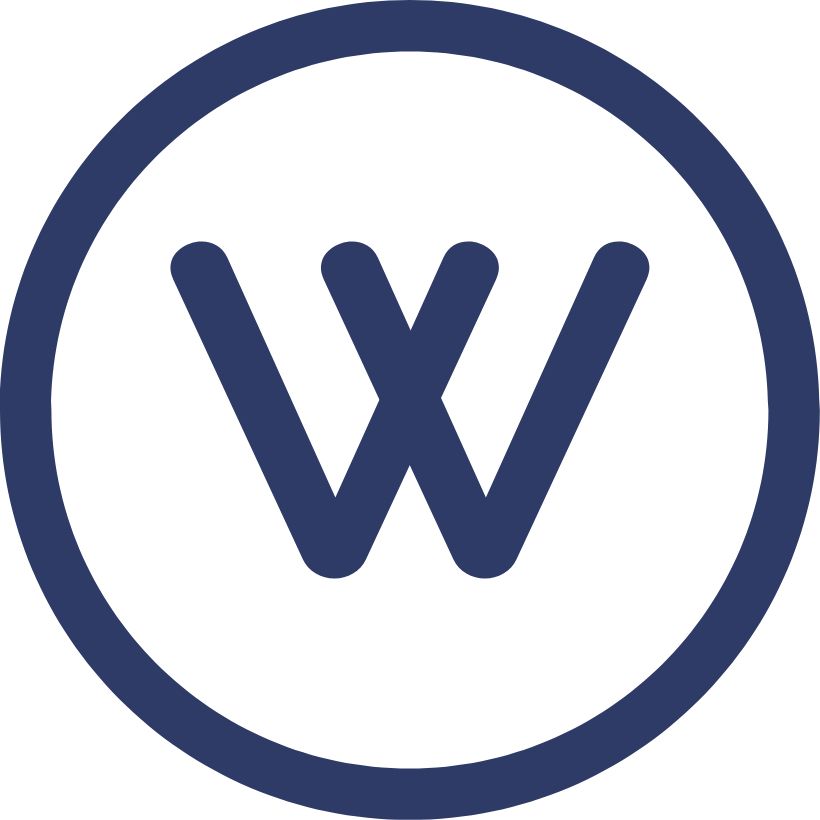Bordeaux is changing. Quietly but surely. Here buyers and producers discuss just how far those changes are reaching the UK wine market. Part two of the debate will be published later in the week.
(Click here to watch the full debate)
The Buyer would like to thank our panel of leading buyers, wine merchants and importers for taking part in our Modern Bordeaux debate. They include:
- Daniel Lambert, founder of Daniel Lambert Wines.
- Frances Bentley, wine buyer at LWC Drinks.
- Freddie Cobb, head of drinks buying at Vagabond Wines.
- Victoria Sharples, owner of Swains Wine Bar and Store.
- Tim Carlisle, head of independents and on-trade at North South Wines.
- Daniel Grigg, owner, Museum Wines.
The panel also included three Bordeaux producers who were:
- Gabriel Asseilly, of the Asseilly family who bought Château Biac, overlooking the Garonne River in Côtes de Bordeaux in 2006.
- Théophile Cordonnier of the family-owned Château Anthonic in the Moulis-en-Médoc appellation that was certified organic in 2019 and does a lot to promote the biodiversity of its estate.
- Basaline Granger who runs Vignobles Despagne with her brother Thibault in the Bordeaux & Bordeaux Supérieur who together look after six Bordeaux properties covering 300 hectares. Vignobles Despagne is in the Entre-Deux-Mers.
Travel the world, particularly parts of the southern hemisphere, and Bordeaux’s influence stretches far and wide. Producers talk of their “Bordeaux blends” and “Bordeaux varietals” as they look to take the inspiration they have found in Bordeaux and invest it in their own vineyards and cellars.
But what is happening in Bordeaux itself? Where do its winemakers and producers take their inspiration from? How are they adapting, changing and developing their wines and styles of winemaking to keep up with new viticultural techniques and the demands and pressures of climate change? How are they working with old vines, but with new minds?
That was very much the focus for the latest The Buyer debate, a chance to shine the light on Bordeaux and look closely at the steps its new generation of winemakers and producers are taking to make wines that are in keeping with the demands and needs of the market and, most of all, what their current and future customers might want to drink.
An opportunity, in particular, to address what is commonly being termed as “Modern Bordeaux” and just how relevant the changes taking place in what still is arguably a region usually known for more traditional wines are understood and wanted by leading buyers, wine merchants and importers in the UK.
Opportunities and challenges
One thing Bordeaux has not lost is its ability to fire up opinions and emotions in the trade. It plays such a uniquely important role in the sector that people genuinely care about what direction it is taking.
Daniel Lambert of Daniel Lambert Wines, for example, says clearly historically Bordeaux has been the “benchmark” that everyone “looks to” and wants to “attain to,” but “things are changing very rapidly”.“Is Bordeaux keeping up with the rest of the world?” he asks, particularly in terms of investing in new technology and the styles of wine that the younger generation want to drink.
He argues you can now source similar Bordeaux-style wines in different parts of the world – most notably South Africa and North and South America – that offer more in terms of quality, fruit forward styles and price than Bordeaux currently does. Particularly when it comes to marketing itself in such a developed wine market as the UK, versus serving more traditional markets like in France and across Europe.
(Click below to hear Vagabond’s Freddie Cobb on why it’s exciting to see Bordeaux rediscovering its terroir again)
Yet for Freddie Cobb at Vagabond, Bordeaux remains as relevant and important as it ever has. “Whenever we have Bordeaux on the shelves it flies out,” he says, whether it is at a drinking in price of around £25 to £30 or £10 retail, or if it is £100 plus – “it will always fly out”.
If people are looking for a specific Bordeaux then they usually ask for it by region, like St Emilion, rather than describe a particular style which can “conflict” him as a buyer as he tends to lean towards the more modern, fruitier styles of Bordeaux than the classics. But again, if they do list a more classic style of Bordeaux it will also sell equally as well.
That said he is also aware that as Vagabond increasingly attracts a younger demographic of customer they are noticeably not asking for Bordeaux as much as the older customer they used to get when Vagabond first opened. That is reflected in its range where it might only have a couple of Bordeaux wines in its core range of 100 for most of the year and then go up to four or five nearer Christmas.
“But we do work with Vins de Bordeaux and want to promote the region outside of Christmas. The white Bordeaux, the Crémants. We know that Bordeaux can be drunk at any time of the year.” This summer, Vagabond is running a promotion with Bordeaux Wines to communicate the fresh and versatile white wines the region creates and is adding eight Bordeaux whites to its menu, including one crémant, four dry whites and three sweet wines.
Daniel Grigg says he needs Bordeaux across all levels in order to supply different areas of his Museum Wines business, that covers traditional retail, e-commerce and then wholesaling to the on and off-trades. It means he has at least 60 different Bordeaux in its retail store, across a range of price points, at any given time, which works well with his affluent Dorset customer base and an average bottle selling price of £19.99.
“I think when you move here you get given a Range Rover. They drive up with their big boots and fill it up. So we need a big range,” he explains.
Frances Bentley claims Bordeaux “has lost its way a bit” and that it is no longer a must-have on on-trade wine lists unless you are looking to list the classic styles and well known regions. “The industry has changed and tastes have changed. People are wanting lighter, fresher styles of wine.”
Fresh approach
(Click here for Swains’ Wine Bar Victoria Sharples on what Bordeaux wines means for an on- trade buyer)
Victoria Sharples says Bordeaux is very much a key part of her new Swains Bar & Store business, close to Hampstead Heath. She knows the region well from her previous role as wine buyer for the St John group and would visit often to do exclusive blends for both its restaurants and wholesale side of the business.
Swains is promoting and separating its wines not by region, or country, but by style using descriptions such a medium or full bodies, minerally, fresh or oaky. “People may not know what they are drinking, but they know a style.”
Then there is rosé. One of its fastest selling wines in the retail side of the business is a Bordeaux rosé. “Which is something I hadn’t expected, but there is really good fruit which is a positive.”
Sharples says she differs from others on the panel in that she is looking for freshness rather than New World fruit in her wines. “I am looking for every day drinking that has great freshness, bright acidity and those sort of blue fruits. I don’t want to be weighed down by creamy oak. I am a huge champion of Bordeaux whites that sit somewhere in the middle between Sauvignon Blanc dominant but with a good Semillon strength to it. It can provide a really good bridge between the Sancerre drinker and the New Zealand drinker.”
For her so much of Bordeaux is a style that “fits” well with consumers, even if they may not be overtly running towards it – and certainly not what she calls “Old man Claret” that is very much not what people are looking for.
Tim Carlisle at North South Wines agrees and says the styles of wine he likes coming out of Bordeaux are the ones that are “soft and generous” with fruit and freshness and not the dry and dusty styles – wines that can be drunk without food in front of the television.
Gabriel Asseily of Château Biac in Côtes de Bordeaux says a lot of what of you are now seeing with so called modern winemakers is down to them having the freedom to look at their terroir first and makes wines suitable to their place, and not be looking to make wines to score points and please Robert Parker. “People are now saying I am not going to make this style of wine, I am going to express the actual vineyard itself. That’s what people are doing more and more.”
Move to organics
Bentley says she has seen and been impressed by some of the innovation taking place in Bordeaux during recent visits, particularly the big switch to organics. “I think that’s really important and some of the messaging that Bordeaux can win with. There is also more accessible wine that you can put on release which is also really important.”
Lambert agrees and says he is very interested in organic wines from Bordeaux – like the Les Annereaux, Bordeaux Rouge 2020 from Château des Annereaux in Lalande de Pomerol tasted during the debate – and he sees it as a big positive for the region. “It shows you have got some quality in the bottle,” he adds. “As someone said to me the other day in California, you walk through the vineyards a lot more often if you are organic and I thought that was a lovely way of putting it.”
In 2021 it was measured that more than 75% of Bordeaux vineyards were operating to a certified environmental approach, up from 35% in 2014. This focus on ecology in the vineyard has had a positive reaction from both the trade and consumers.
Buying Bordeaux
(Click for Museum Wines’ Daniel Grigg on why Bordeaux is so important for his retail & wholesale business)
Some of the buyers spoke of their frustration of the current ‘La Place’ and negociant system that controls so much of what is sold and marketed from Bordeaux. Lambert believes is really holding the region back and producers should be “taking responsibility for their own exports and imports”.
Cobb says he would like to buy more from Bordeaux “and work closer with producers, but that is something we cannot do with the current supply set up – which makes it very difficult for us and a bit of a turn off”.
Tim Carlisle says the model of North South Wines where it wants to have a direct relationship with the producers, ideally family owned, that it works with means it is very hard for it to work actively in the region with the current system. “Bordeaux does not lend itself well to our business model. There are other areas, as a young business, that we can make more impact on.”
Sharples says there are ways around the Bordeaux system if you are prepared to go an extra few steps – like blending and creating your wines and styles. Particularly if you have a certain style in mind that you want to work with and are willing to experiment with different producers to get to it.
Grigg says there is still very much a market for good value Bordeaux that might stretch from £15 to £35 retail, providing they have the “typicity” of where they are from in Bordeaux.
Lambert questions where Bordeaux sits at around £18 to £20 where there is so much more welcoming, fresher, fruitier, gentle stylistically wines to drink from around the world.
Basaline Granger, managing director of Vignobles Despagne in the Entre-deux-Mers, says it has built up a large export market and 60% of its wines are sold outside La Place system. So it is possible to break the system. “It gives us very interesting feedback from the market and our wines have made a huge evolution in their style because of this direct contact with people and understanding different markets,” she explains.
Théophile Cordonnier, who works with his parents at Château Anthonic, a third generation family-owned estate in the Moulis-en-Médoc appellation, says it has been 100% independent from La Place and working with negociants in keeping with its individual winemaking philosophy that has been handed down through the three generations. It has seen an 80% increase in exports as a result, including the UK.
Cordonnier is quick to stress La Place and negociant system works well for the high end, well known Bordeaux Châteaux and for the bulk wine sector, but “being independent gives it more freedom” and allows it to “build relationships” directly with its customers in key markets around the world.
Gabriel Asseily of Château Biac in Côtes de Bordeaux also believes there is still an important role for La Place particularly for those producers that simply do not have the marketing budget to go it alone and try and promote themselves, and the negotiant system also provides them with the administrative support they need.
But he admits Bordeaux overall has had “a lot of issues” but mainly around “communication” and the fact so few of its main Châteaux are that close to the end consumer. That’s why hopefully as outsiders – his family comes from Lebanon – they can come with a new approach and perspective. “It’s important that tradition evolves.”
(Click below for North South Wines’ Tim Carlisle on what he would like to see Bordeaux winemakers doing more of)
Promoting styles
The buyers were split on just how far you go to promote the varieties that are in any particular Bordeaux blend. Whilst Lambert and Bentley felt strongly Bordeaux producers were missing out by not making it clear what varieties were in the wine, Cobb at Vagabond felt it was more the style that ultimately really mattered as a grape variety in itself can be confusing as it can taste very different from region to region.
Which, again, is why Sharples is pushing style first at Swains. Yes, by all means put the varieties on the back label, but use a four word descriptor on the front to let people know what they are buying was her advice.
Basaline Granger says it is about choosing the right approach for different wines. Sometimes it works for them to have more of a traditional label, like for its Château Bel Air Perponcher Réserve, Bordeaux Blanc 2021, that it sells through The Wine Society, but it has other more modern labels for other customers and wines like its Outsider range.
“You have to be able to adapt your marketing depending on the customers and the consumers you want to look at,” she says.
Lambert and Bentley, though, felt the trade, starting with the producers, needs to be doing more to help consumers buy the wines they do. Giving more information on the label about what it is in the bottle and how it is made can only be a good thing for the Bordeaux category as a whole.
- You can read part two of the debate later in the week.
- To find out more about Bordeaux, visit the Vins de Bordeaux website here.
Discover the unexpected at Bordeaux Day

You can discover modern Bordeaux for yourself this week as producers take part in two tastings in the UK where they hope to show the innovative styles and approaches now being taken across the region. Click, register and discover what today’s Bordeaux is all about at:
Bordeaux Day Manchester – Monday 11th July at Oglesby Atrium, Stoller Hall, Hunts Bank M3 1DA
Bordeaux Day London – Wednesday 13th July at Arlettie, 13-14 Margaret Street W1W 8RN









































